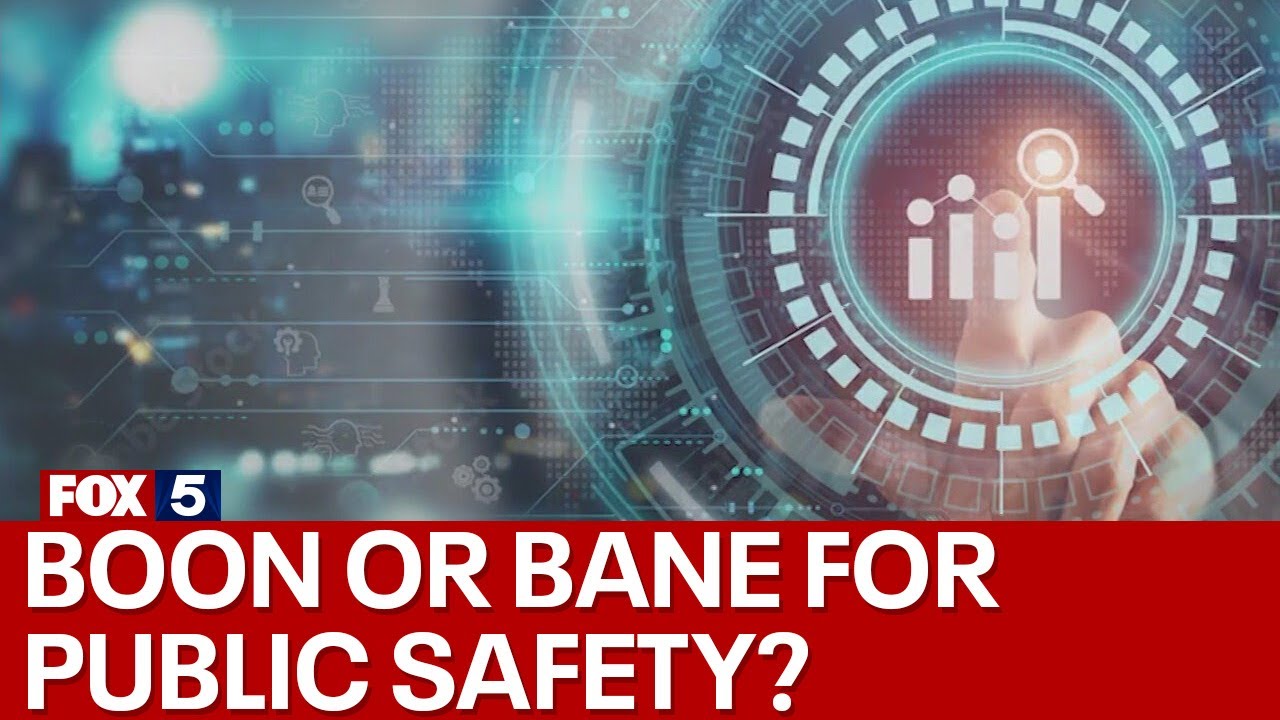
The application of AI in the realm of public safety presents a myriad of advantages, yet it is not without substantial risks. Here’s an overview of the pros and cons derived from various research findings:
Advantages of Implementing AI in Public Safety:
- Efficiency: The ability of AI to process and interpret massive data sets aids in detecting threats and identifying patterns.
- Augmented Decision-Making: By deriving insights from data, AI can expedite organizations’ decision-making processes.
- Automation: Routine tasks can be automated by AI, freeing human analysts to concentrate on more complex tasks such as strategy formulation.
- Heightened Security: With its capacity for continuous environmental monitoring for irregularities and threats, AI provides real-time alerts to security teams.
Disadvantages of Implementing AI in Public Safety:
- Biased Decision-Making: There exists a risk that AI may make biased or discriminatory decisions, which is particularly concerning within military operations.
- Security Issues: Adversaries could potentially hack or manipulate vulnerable AI systems, leading to disruptions or cyber attacks.
- Ethical Dilemmas: The deployment of autonomous weapons systems powered by AI raises ethical questions about civilian harm and potential breaches of international law.
- Privacy Intrusions: Particularly if not appropriately encrypted or regularly updated, video surveillance powered by AI poses privacy concerns.
In summary, while the revolutionary potential of AI can enhance efficiency and decision-making within public safety, it’s imperative for policymakers to address the associated risks. These include biased decision-making, security vulnerabilities, ethical implications, and privacy issues to ensure the responsible and advantageous utilization of AI within public safety initiatives.


